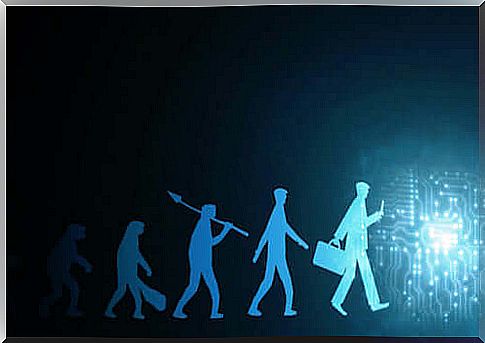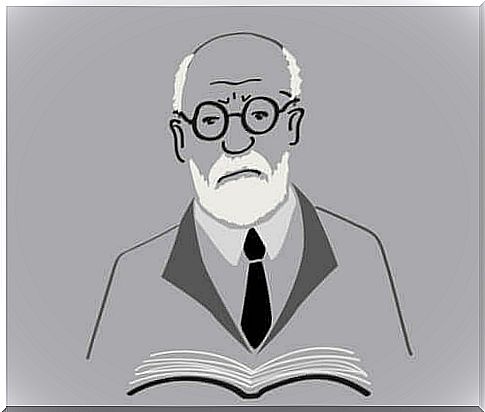What Will Human Anatomy Look Like In 1000 Years?

The 21st century is characterized by speed, dynamism and change. At the end of the 20th century, there was a paradigm transformation in society with the emergence of new technologies. Advances which have modified our routines and which, by extension and evolution, will end up leaving their mark on our anatomy.
How can these changes affect human anatomy? The human species has experienced a fabulous evolution since it first set foot on Earth. With all its faults, it is the only one that has succeeded in shaping a very complex abstract thought based on immense possibilities of communication.
Even though we don’t feel like it, we continue to evolve. Changing environmental and cultural conditions are largely responsible for this.
Human anatomy has changed a lot since we became a sedentary species. Consequently, cultural evolutions and changes in the planet have brought about other more gradual modifications. However, it is likely that in the next 1000 years we will experience great changes in our physiognomy.

The anatomy of man in 1000 years
There is no complete agreement on the subject of changes in human anatomy in the future. This is largely due to the fact that there is also no consensus on how the company is going to evolve. However, despite some good omens, most experts in the field are not overly optimistic.
Dr Oliver Curry, an evolutionary theorist at the London School of Economics in the UK, has said that the peak of humanity will occur in exactly 1000 years, when we reach the year 3000 CE. After that, the decline of the species will come.
Oliver Curry, who shares this thesis with many other researchers, points out that within 1000 years it is very likely that there will be two major subspecies: the elite and the “trash”.
From a human anatomy perspective, the elite race will likely be over two meters tall and live at least 120 years. In addition, she will have an even longer youth than today. This selected breed will be healthy, attractive and intelligent.
The “not chosen” will have a shorter stature and little physical appeal. They will die younger and have less healthy lives. The big differences in the world will be due to genetics and not to natural differences.
Harari’s vision
Even more daunting is Yuval Harari’s perspective, not only on human anatomy, but the future in general. According to this historian, the human being has only one or two centuries of existence. According to him, we are a vulnerable, endangered species. The most paradoxical is that we are the ones who write this ending.
Harari points out that we are going through a stage in history in which we are going to have very smart technologies. This will lead to a point where organic life will break down and an inorganic life form will be created for the first time.
Therefore, in this perspective, we are witnessing the last generations of homo sapiens. It will probably take a long time for the species to be replaced by an inorganic species, which is much more efficient and capable of surviving extremely adverse conditions.

An uncertain future
While Harari may be the most radical of these “doomsday” experts, the truth is that those who have spent time projecting the future of mankind are not far from his vision. Many people already think that there are only a few decades left for machines to achieve this innovative part which sometimes seems reserved for our brain.
Others also believe that genetic manipulation will make human anatomy much more uniform, for the better. We will be more beautiful, smarter and more skillful. However, this uniformity could lead to a single factor killing the entire species.
Some have spoken of the possibility of the human being becoming immortal. This is a question that has sparked much debate and is considered only a plausible hypothesis, but still fragile. What will happen ? We live in a world that is so unstable that you are supposed to think anything can happen.










